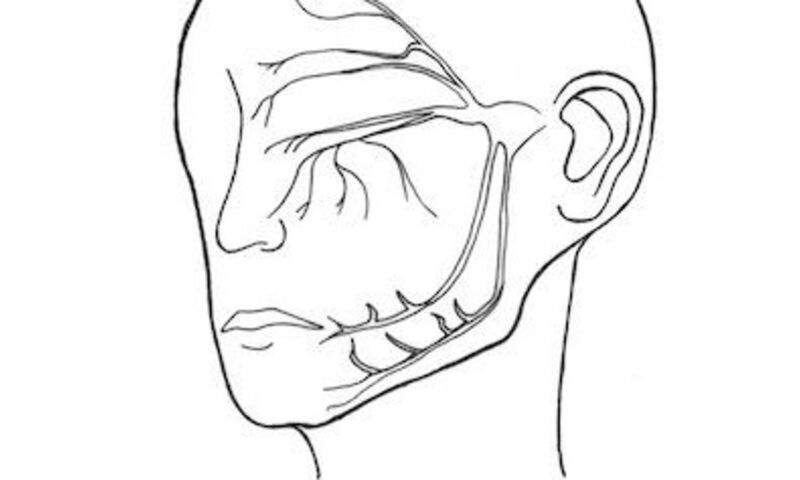Paul’s thorn in the flesh was some sort of unusual, long-term, intermittent, stabbing, face pain that was viewed by others as shameful and the result of black magic attacks, but by Paul as attacks of a demon permitted by God.
This is the conclusion of my newly-released book focused on answering one of the most famous of all historical puzzles. Paul’s Thorn in the Flesh: New Clues for an Old Problem is the first ever book-length study dedicated to untangling the historical conundrum of what Paul’s thorn in the flesh actually was.
The study centers upon twenty criteria that narrow the options for what Paul’s “thorn” could have been. Most studies mention three or four criteria—a few of the best mention five or six—and then hazard guesses based upon such limited criteria. But if there is reasonable justification for affirming twenty criteria, this significantly narrows the possible range of ailments from which Paul could have suffered.
In the book, I propose and provide detailed arguments that the following twenty criteria are necessary for establishing a plausible solution to the riddle of Paul’s thorn in the flesh:
Viewed by others as black-magic attacks
Viewed by Paul as attacks by an angel of Satan, though permitted by God
Paralleling Job’s sufferings (especially Job 1-2), which included skin/flesh
Impacting Paul’s physical flesh
Comparable to the jabbing of a sharp-pointed object
Excruciating, not simply annoying
Impacting Paul’s face (as a part of his head)
Viewed by Paul as educational discipline by God
Viewed by others as humiliating and weak
Unusual, not like the pains of others
Long-term, but intermittent
Paralleling the sufferings of Jesus
Exacerbated by stress
Negatively impacting Paul’s rhetorical ability
Known to the Corinthians, not a secret
Analogous to Paul’s other sufferings
Connected to the heavenly ascent
Involving the ear
Involving the eye
Visible bodily damage
Any proposed solution to the historical puzzle of Paul’s thorn in the flesh must attempt to account for these twenty criteria.
Are there any physical ailments that fit these twenty criteria? Yes, I mention in the book seven medical conditions that correspond well to all twenty of these criteria. Here are those conditions (listed here without explanation).
Trigeminal Neuralgia Type 1
Posttraumatic Trigeminal Neuropathic Pain
Herpes Zoster (Shingles) in the Trigeminal Nerve + Post-herpetic Trigeminal Neuropathic Pain
Short-lasting Unilateral Neuralgiform Headache Attacks
Episodic Paroxysmal Hemicrania
Episodic Cluster Headaches
Primary Stabbing Headaches, or Migraines with Primary Stabbing Headaches
The primary carrier of the pain associated with most of these conditions is the trigeminal nerve (the fifth cranial nerve, the largest of the twelve cranial nerves), although connected nerves are also often involved.
Are you interested in seeing how I develop the argument? For that, you’ll have to pick up a copy of the book: Paul’s Thorn in the Flesh: New Clues for an Old Problem. I hope you enjoy it!
This post and other resources are available at Kindle Afresh: The Blog and Website of Kenneth Berding.
 Biola University
Biola University

.jpg)

.jpeg)
.jpg)